The Maya Collapse
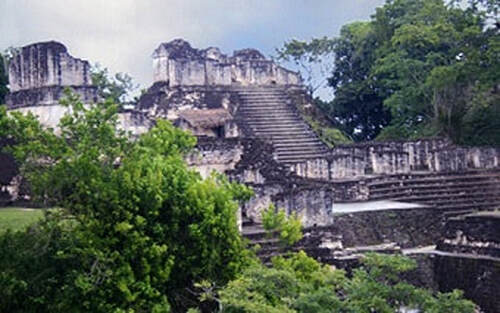
Essential Themes
Culture: How do we know what we know about human history?
Culture: How do we know what we know about human history?
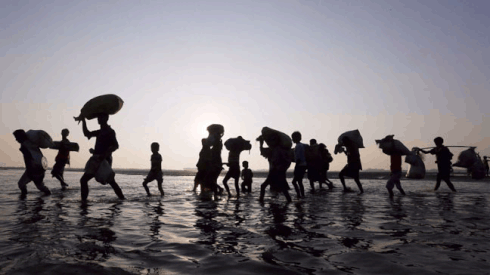
Why do some people refer to the Maya as "mysterious?"
Sometimes you will hear people refer to the Maya as the "Mysterious Maya." But, what is so mysterious about the Maya? Because so much of their writing, art, architecture, and achievements have been recovered, we are fortunate to have a window into the wonderful life of the Maya. And, due to the their writing, much of the mystery that once surrounded the Maya civilization has dissolved. While scientists continue to work on unraveling the mysteries that remain, one puzzle that lingers has to do with the collapse of Maya cities. After a successful 1500-year run, the Maya simply stopped building and their gorgeous cities fell into ruin
Why did the great cities of the Maya fall into ruin? When that happened, did the Maya people abandon their cities, or did they stay on in their run-down towns? Before beginning to explore the collapse of Maya civilization with this lesson, pause to think about reasons that some families might uproot themselves and move while others remain rooted in one place. The same reasons that you come up with probably apply to the ancient Maya as well. Those reasons might include economic opportunities - or the lack of them, the threat of war, and environmental disaster - either natural or human-made.
Sometimes you will hear people refer to the Maya as the "Mysterious Maya." But, what is so mysterious about the Maya? Because so much of their writing, art, architecture, and achievements have been recovered, we are fortunate to have a window into the wonderful life of the Maya. And, due to the their writing, much of the mystery that once surrounded the Maya civilization has dissolved. While scientists continue to work on unraveling the mysteries that remain, one puzzle that lingers has to do with the collapse of Maya cities. After a successful 1500-year run, the Maya simply stopped building and their gorgeous cities fell into ruin
Why did the great cities of the Maya fall into ruin? When that happened, did the Maya people abandon their cities, or did they stay on in their run-down towns? Before beginning to explore the collapse of Maya civilization with this lesson, pause to think about reasons that some families might uproot themselves and move while others remain rooted in one place. The same reasons that you come up with probably apply to the ancient Maya as well. Those reasons might include economic opportunities - or the lack of them, the threat of war, and environmental disaster - either natural or human-made.
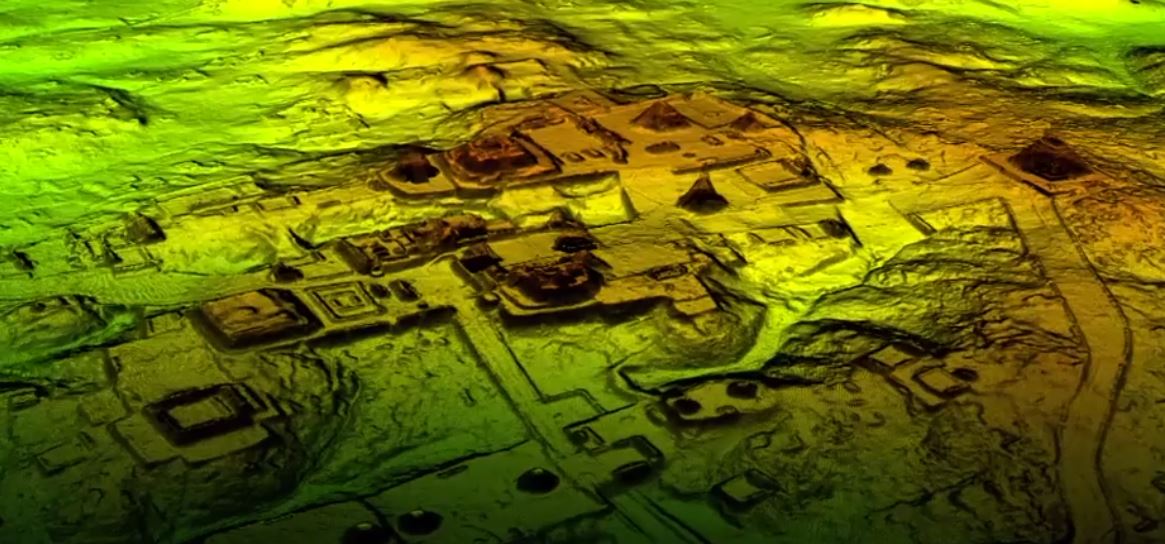 CLICK above to see how new technologies are uncovering Maya cities that were once lost to the jungle.
CLICK above to see how new technologies are uncovering Maya cities that were once lost to the jungle.
When the great cities fell into ruin, people did continue to live in the ruins. Within a hundred years or so, however, it appears that the once wonderful cities of the Maya were swallowed up and hidden beneath the canopy of the dense rainforest that surrounded them, overtaken by thick vines. The giant buildings of the Maya crumbled. Even today, scholars and archaeologists don't know precisely what happened. It is an unsolved mystery, and it is why many people call the Maya the "Mysterious Maya."
BRAINBOX: What role did the Spanish play in the collapse of Maya civilization?
BRAINBOX: What role did the Spanish play in the collapse of Maya civilization?
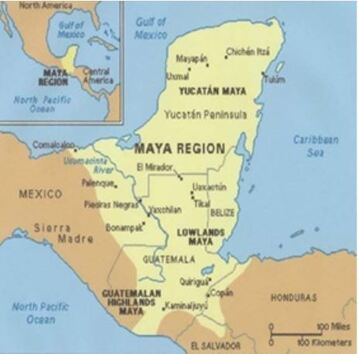
The ancient Maya once ruled an area about the size of Texas. Their magnificent cities occupied what is now southern Mexico and northern Central America, including the countries of Guatemala, Belize, El Salvador and Honduras. Then, in the early 10th century CE, the mighty Maya civilization began to crumble. Along with so many other things about the Maya civilization, the decline of the Maya in Mesoamerica is a bit of a mystery. Because the Spanish destroyed so much Maya writing when they arrived in the 15th and 16th centuries, archaeologists are still piecing together parts of the puzzle that is the Maya. While it was once thought that the Spanish came and conquered the Maya, new evidence suggests a more complex picture.
|
One of the most dominant civilizations in Mesoamerica, the Maya reached their peak around the sixth century CE. They built impressive stone cities and made advances in agriculture, math, and astronomy. And without the use of advanced technology or tools, they created an incredibly accurate calendar. By 900 CE, however, those great stone cities were mostly abandoned and reclaimed by the jungle - at least 500 years before the arrival of the Spanish!
|
|
IN THEORY...
Theories about what caused the collapse of the Maya have ranged from overpopulation to constant military conflict between competing city-states to some catastrophic environmental event, such as an intense and long-lasting drought. Some scientists even suggest that it was a combination of all of those factors, each event occurring independently and creating a collapse that occurred in waves over an extended period of time.
BRAINBOX: Why do you think some Maya cities were able to recover while others continued to decline?
With more precise tools to date artifacts, recent digs in Guatemala support the wave theory of Maya collapse. At archaeological sites in Mesoamerica, new findings by scientists show changing population sizes, as well as decreases and increases in construction over time. Such findings lead researchers to believe that the Maya collapse was not one, uninterrupted, continuous decline. Instead, it looks like some Maya cities were abandoned but were then able to recover and thrive before suffering from a final collapse. A fear of evil spirits haunting abandoned areas, along with environmental catastrophes, might help explain why some areas were less resilient when their civilization came under stress, while other areas were able to recover.
Theories about what caused the collapse of the Maya have ranged from overpopulation to constant military conflict between competing city-states to some catastrophic environmental event, such as an intense and long-lasting drought. Some scientists even suggest that it was a combination of all of those factors, each event occurring independently and creating a collapse that occurred in waves over an extended period of time.
BRAINBOX: Why do you think some Maya cities were able to recover while others continued to decline?
With more precise tools to date artifacts, recent digs in Guatemala support the wave theory of Maya collapse. At archaeological sites in Mesoamerica, new findings by scientists show changing population sizes, as well as decreases and increases in construction over time. Such findings lead researchers to believe that the Maya collapse was not one, uninterrupted, continuous decline. Instead, it looks like some Maya cities were abandoned but were then able to recover and thrive before suffering from a final collapse. A fear of evil spirits haunting abandoned areas, along with environmental catastrophes, might help explain why some areas were less resilient when their civilization came under stress, while other areas were able to recover.
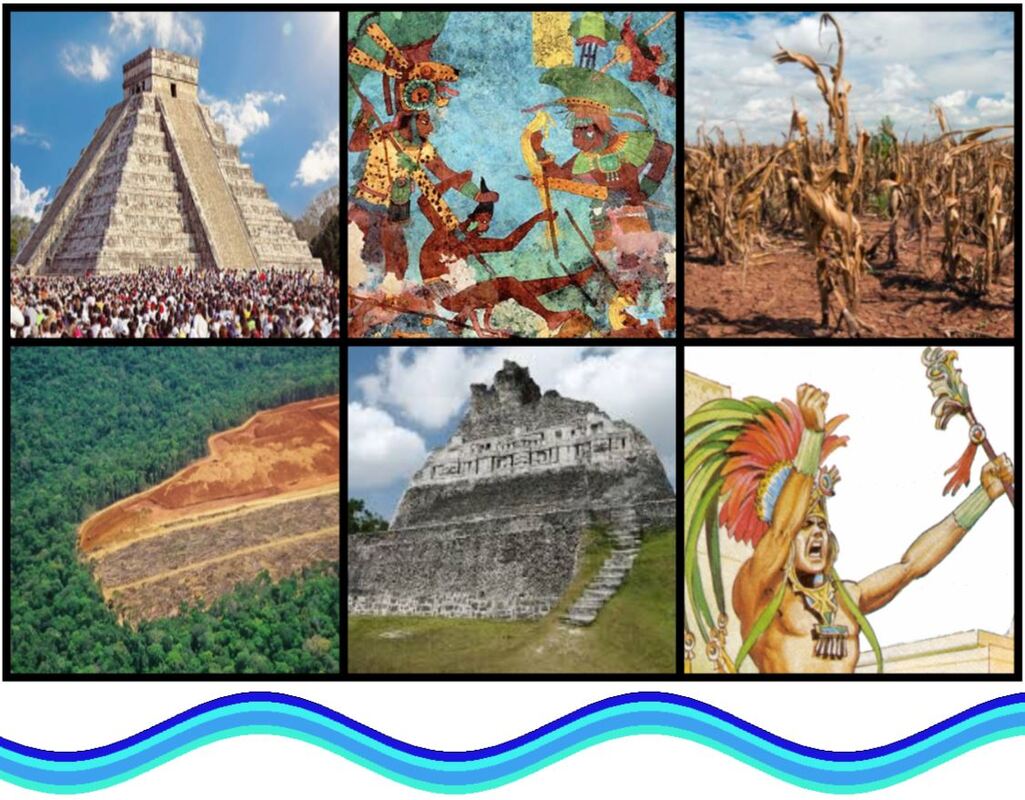
While the Maya collapse was quick, it didn't happen all at once. After a decline, some cities recovered only to once again decline in what scientists describe as a wave pattern of collapse. Several factors, including overcrowding in the cities, wars fought over scarce resources, an extended drought made worse by Maya farming practices and deforestation all contributed to the Maya collapse. And all had one thing in common, human conduct.
BRAINBOX: How would you rank the factors that contributed to the Maya collapse? Why?
For a long time, scientists have connected the decline of the Maya to an environmental disaster, especially drought. While nature no doubt played a role, it’s important to consider the human aspect of their environmental catastrophe. As their population grew, Maya cities cut down the surrounding forest to create new farmland. The reduced tree cover would have led to erosion and a loss of fertile soil, as well as greater evaporation of water by sunlight. Together, those two factors would have multiplied the effects of a drought on the land. During such difficult times, it’s likely that still large cities would have fought over limited resources, first taking over smaller villages and then battling one another for basic food supplies.
For a long time, scientists have connected the decline of the Maya to an environmental disaster, especially drought. While nature no doubt played a role, it’s important to consider the human aspect of their environmental catastrophe. As their population grew, Maya cities cut down the surrounding forest to create new farmland. The reduced tree cover would have led to erosion and a loss of fertile soil, as well as greater evaporation of water by sunlight. Together, those two factors would have multiplied the effects of a drought on the land. During such difficult times, it’s likely that still large cities would have fought over limited resources, first taking over smaller villages and then battling one another for basic food supplies.
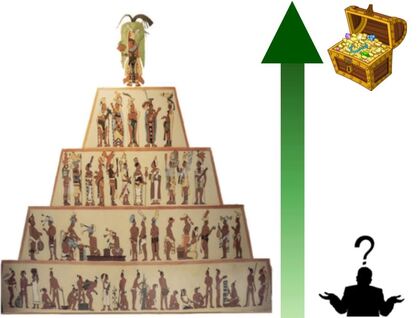
In addition to environmental hardships and warfare - both human created tragedies - archaeologists also point out that ancient Maya societies may have been vulnerable to collapse by the very nature of their social organization. Because of the way their society was arranged, wealth was funneled to a small ruling elite at the very top of the social order. While kings at the very top had virtually unlimited power, the people they ruled expected to be cared for. A string of military defeats or seasonal droughts could greatly damage the credibility of a king. Connected to the gods or not, once the credibility of a king was questioned, it’s likely that further fighting within the king’s family led to even more warfare among his offspring. For Maya commoners, such infighting surely would have led to a sense of chaos spiraling out of control.
SOLVING THE MYSTERY?
Why a remarkably sophisticated civilization like the Maya, made up of more than 19 million people, went from bustling cities to abandoned ruins over the course of roughly a hundred years has been one of ancient history’s most intriguing mysteries. New archaeological evidence coming from sites in Mesoamerica point to one common factor linking the many theories for the decline of the Maya - humans. When the Maya cut away the forest to create more farmland, ironically, they ruined the soil and added to complications caused by drought. Warfare fought over scarce resources further decimated populations across the region. And, a concentration of wealth at the very top of the social order - something that, today, we would call income inequality - led to instability in Maya society. Surely, the collapse of the Maya offers modern peoples lessons for living well.
SOLVING THE MYSTERY?
Why a remarkably sophisticated civilization like the Maya, made up of more than 19 million people, went from bustling cities to abandoned ruins over the course of roughly a hundred years has been one of ancient history’s most intriguing mysteries. New archaeological evidence coming from sites in Mesoamerica point to one common factor linking the many theories for the decline of the Maya - humans. When the Maya cut away the forest to create more farmland, ironically, they ruined the soil and added to complications caused by drought. Warfare fought over scarce resources further decimated populations across the region. And, a concentration of wealth at the very top of the social order - something that, today, we would call income inequality - led to instability in Maya society. Surely, the collapse of the Maya offers modern peoples lessons for living well.
